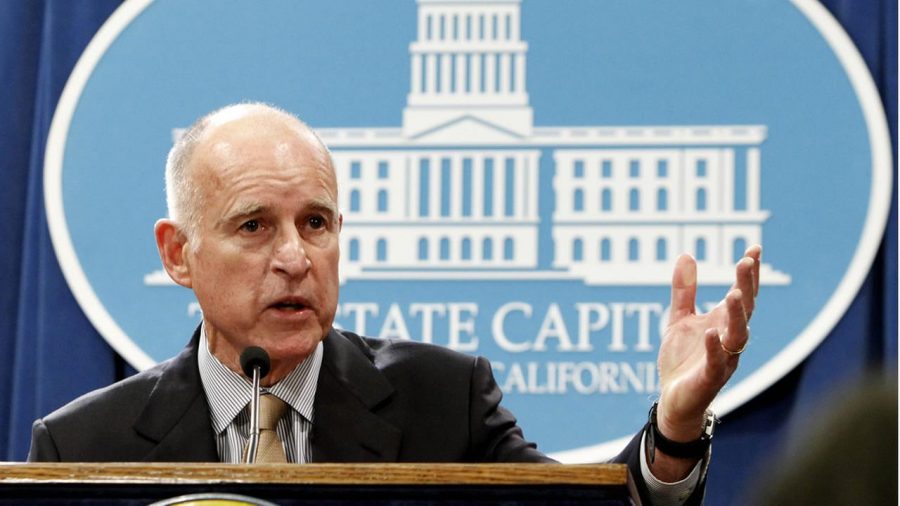
ABC News
Balancing college courses and everyday life can be challenging for students, but as technology advances so does the opportunity for an online only community college and that is exactly what Gov. Jerry Brown recently proposed.
While there are currently 114 California community colleges (CCC) that offer online courses, Brown feels CCC needs to increase. “I believe it is time now for our community colleges to increase even further the availability of online courses and degree programs – and make college far more accessible and affordable,” said Brown earlier this year.
With the implementation and further development of online courses, Brown wants to offer programs that help nontraditional students such as working adults or individuals who are trying to receive a college education with hopes to increase their chances for employment..
Mesa student Agne Knise is on board with the proposal of expanding the availability of online classes. “I think it would be beneficial for so many students… I work two jobs and there has been so many times I was not able to pick a class because my work and school schedules conflicted,” said Knise.
On Nov. 13 members and faculty of CCC discussed the online schooling program and expressed doubts about the merits students would receive. Having a strictly online school is not as simple as technology might make it seem; issues regarding what degrees students will receive and how the system will be put together have been debated by board members across California.
The issue of whether online courses and classroom courses deserve the same amount of credits is a major debate between everyone enrolled in classes.
“Online courses can work for some classes but for me the only way to learn a subject like statistics is to be in the classroom, interacting with the teacher,” said Grayson Walker, a Mesa student who has taken both online and classroom courses.
According to EDSource the Chancellor’s office is referring to the project as Flex Learning Options for Workers (FLOW) and has scaled up its development, spending $900 million this year.
